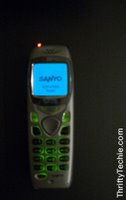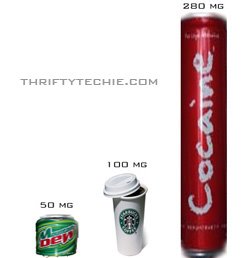
I've just finished digesting the Apple announcements from and I'm now ready to egest, so here it goes:
The iPod 5.5G w/ video and 2G nano were solid updates and were unsurprising. Apple made incremental, important improvements (+ screen brightness, + battery life, + storage capacity) and added search by alphabet functionality. There was no surprise in that Apple continues to add value to their iPod line incrementally while eschewing price drops, using engineering and brain power to prop up their revenues. Incidentally, the biggest surprise for me in their new iPod announcements was that they DID cut the price of the 30 GB iPod w/ video to $249. Meanwhile, he attention that Apple paid to developing their entry-level / ultra-portable shuffle proves that they are intent on canvasing the PMP market.
Pricing scheme:
iPod shuffle 1GB: $79 ($79 per GB)
iPod nano 2GB: $149 ($74.50 per GB)
iPod nano 4GB: $199 ($49.75 per GB)
iPod nano 8GB: $249 ($31.13 per GB)
iPod 5G 30GB: $249 ($8.30 per GB)
iPod 5G 80GB: $349 ($4.36 per GB)
Of course, all the new iPods look slick, but anyone that still dismisses the iPod as faddish or merely fashionable is missing the shrewd positioning of the current iPod line:
5.5G w/ video - the 80GB model may be more expensive than the upcoming microsoft Zune (can't tell because pricing hasn't been announced, and may have been disrupted by Apple's release) but trumps the Zune's 30GB capacity by quite a bit. Meanwhile the 30 GB iPod is the cheapest iPod ever and undercuts Zune's pricing. In short, the two new 5.5G iPods are Zune's rock and a hard place this holiday season.
iPod nano - best value for a small-sized mp3 player.
iPod shuffle - interesting because it's so cheap. It serves as an entry-level iPod. Also will sell to iPod and iPod nano owners because the sheer (lack of) size adds a lot of utility. Leave on in your car, or keep it on you despite the fact that you already have a PDA or phone that can also play music, excercise with it, etc.
Summary: iPod continues market leadership with class leading design, solid specs and value.











